The Taj Mahal, one of the most iconic monuments in the world, stands proudly on the banks of the Yamuna River in Agra, India. Known as the “Crown of Palaces,” this stunning white marble mausoleum is not just a UNESCO World Heritage Site but also a timeless symbol of love and devotion. Built in the 17th century by the Mughal emperor Shah Jahan in memory of his beloved wife Mumtaz Mahal, the Taj Mahal attracts millions of visitors from around the globe every year. Its breathtaking beauty, fascinating history, and architectural brilliance make it one of the most admired wonders of the world.
History of the Taj Mahal
The story of the Taj Mahal is deeply rooted in the eternal love between Shah Jahan and Mumtaz Mahal. Mumtaz was Shah Jahan’s favourite wife and his closest companion. When she died in 1631 while giving birth to their 14th child, Shah Jahan was devastated. To honour her memory, he envisioned a monument that would reflect his undying love.
Construction of the Taj Mahal began in 1632 and took over 20 years to complete, finally finishing around 1653. It required more than 20,000 artisans, craftsmen, and labourers, along with the guidance of skilled architects. Materials were sourced from across India and beyond, including white marble from Makrana in Rajasthan, turquoise from Tibet, jasper from Punjab, jade from China, and sapphire from Sri Lanka. Precious stones once adorned its walls, though many were later looted during invasions.
Architectural Brilliance
The Taj Mahal is a masterpiece of Mughal architecture, blending Indian, Persian, and Islamic styles harmoniously. The central dome rises majestically at 240 feet, surrounded by four smaller domes and four slender minarets standing at the corners. The intricate marble inlay work, known as pietra dura, features delicate floral patterns with precious and semi-precious stones. Verses from the Quran are inscribed in calligraphy across its walls, adding to its spiritual aura.
The symmetry of the Taj Mahal is unparalleled. The gardens are laid out in a Persian-style Charbagh (four-part garden), symbolizing paradise. At sunrise, the monument glows golden; at midday, it shines bright white; and under moonlight, it appears silver-blue, creating an ever-changing spectacle for visitors.
The Symbol of Eternal Love
The Taj Mahal is often described as the world’s most beautiful love story told in stone. It represents Shah Jahan’s devotion to Mumtaz Mahal and is considered a monument of romance, loss, and remembrance. This emotional connection is what makes the Taj Mahal more than just a building—it is a symbol of the power of love and an eternal tribute to a queen who continues to live in history.
UNESCO World Heritage Site
In 1983, the Taj Mahal was designated a UNESCO World Heritage Site, recognized as “the jewel of Muslim art in India and one of the universally admired masterpieces of the world’s heritage.” It has also been included in the New Seven Wonders of the World, further cementing its place as an unmatched cultural and historical treasure.






















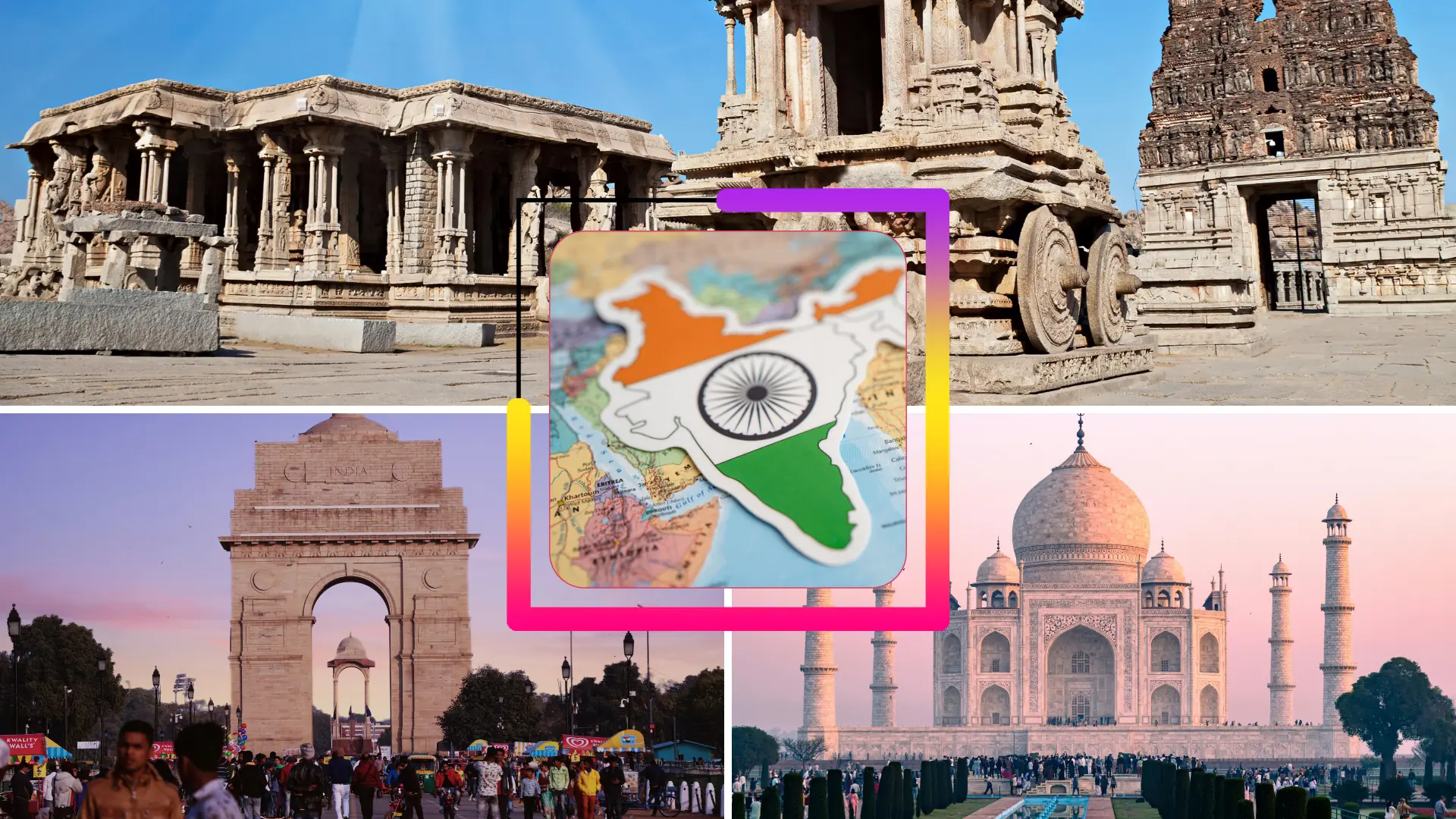










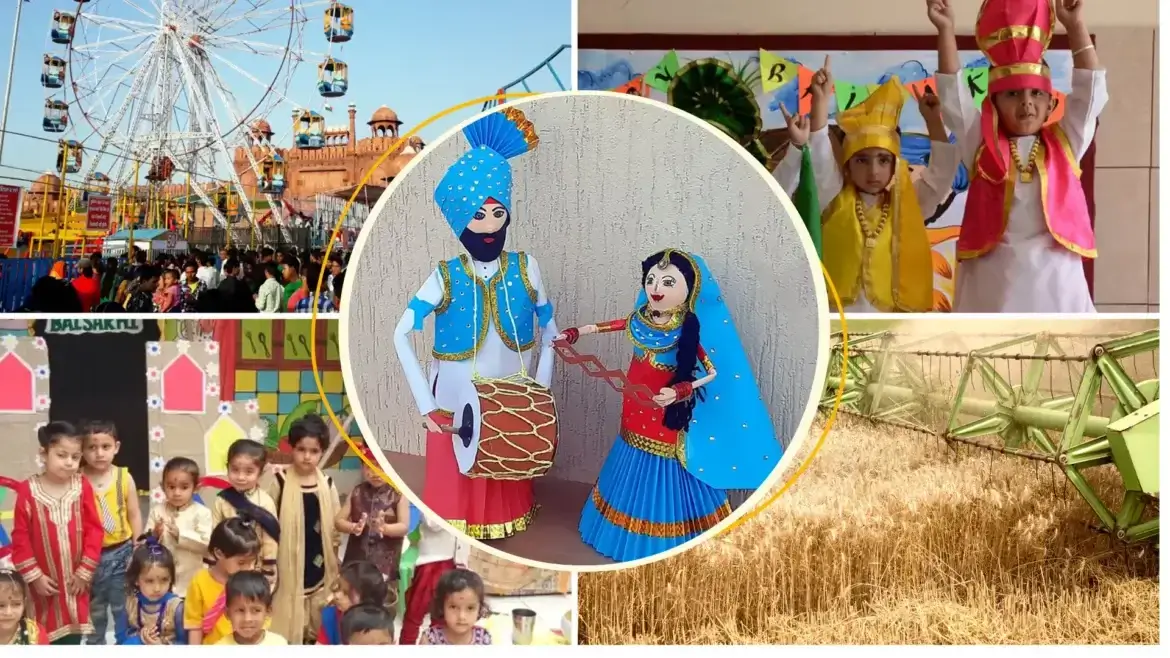


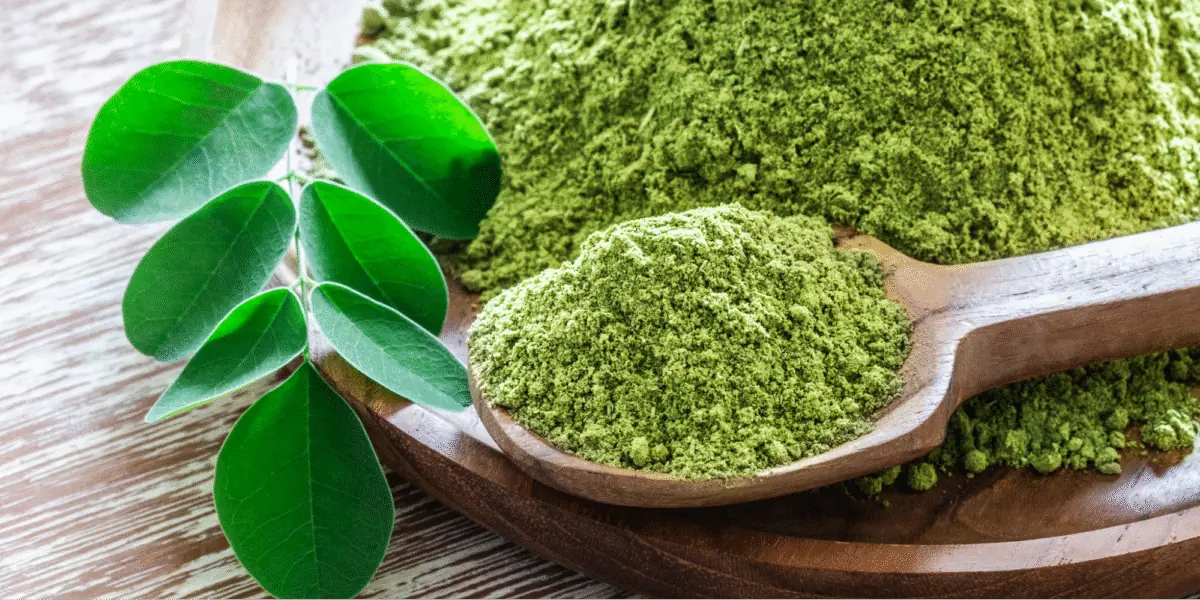






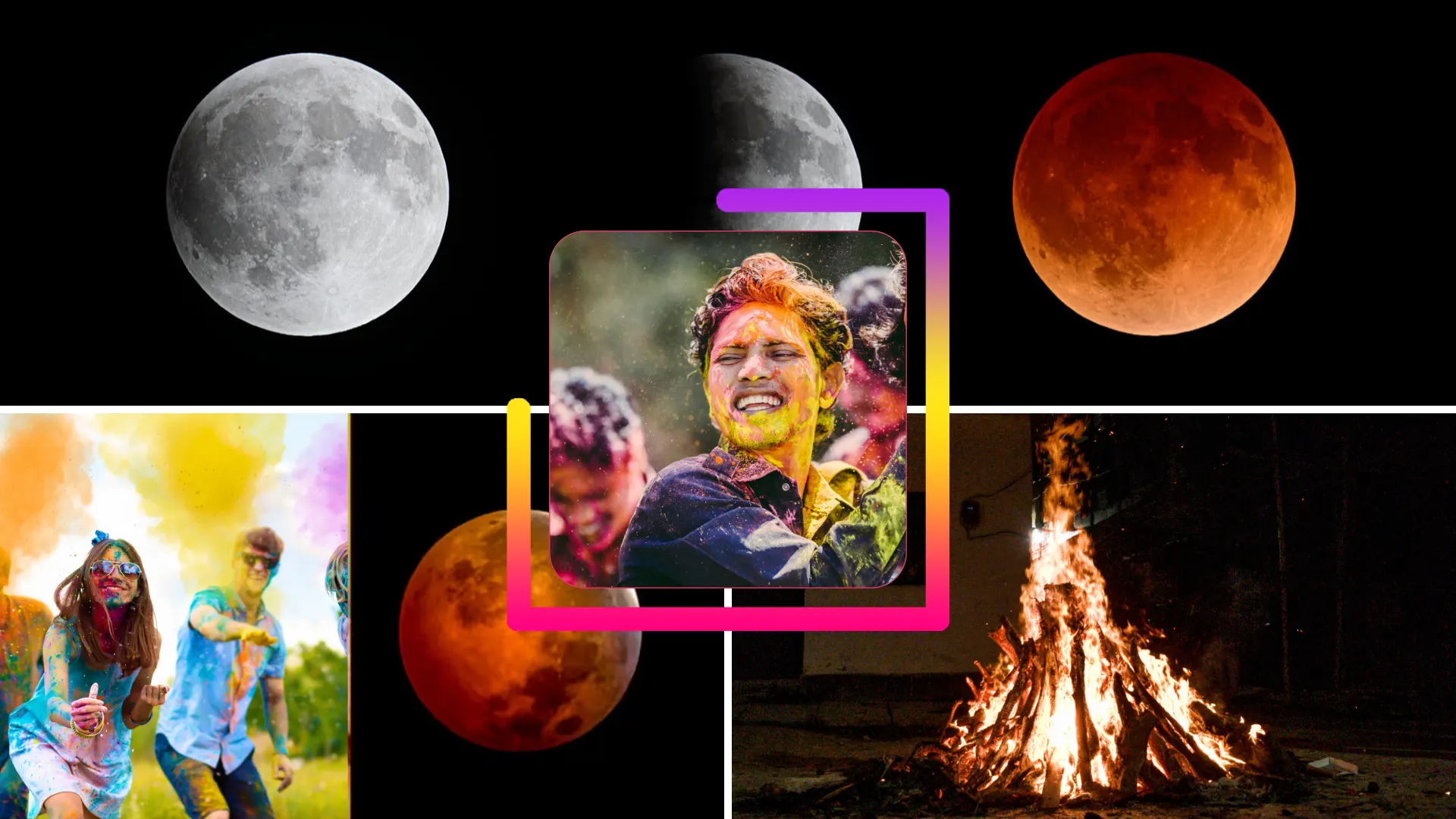
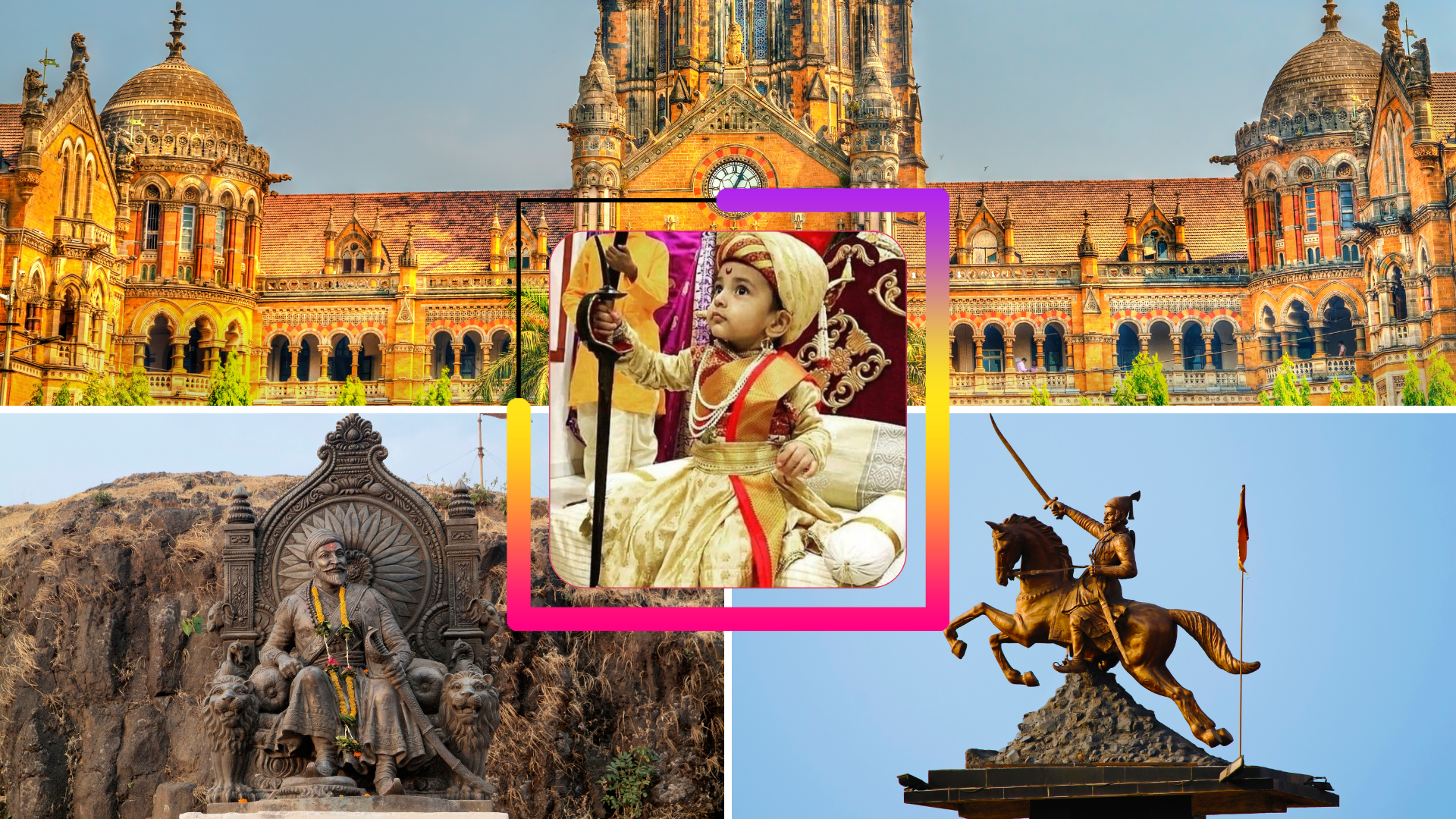





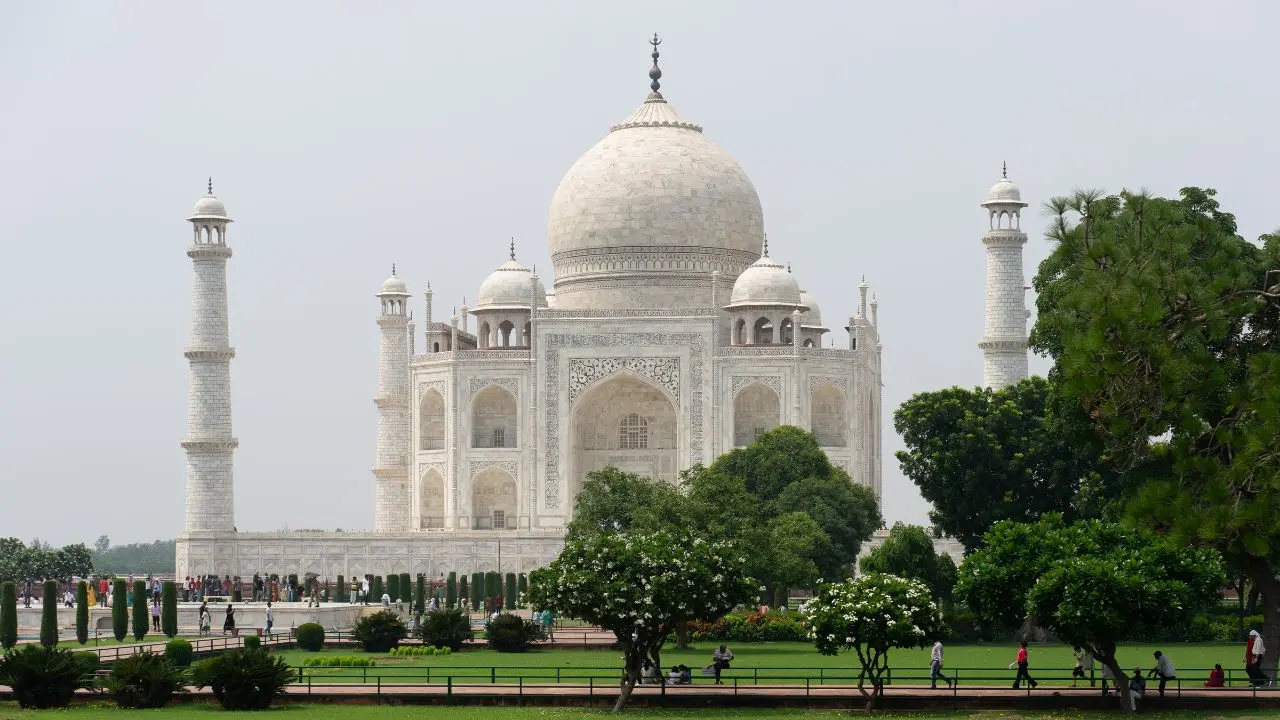







Leave a Comment